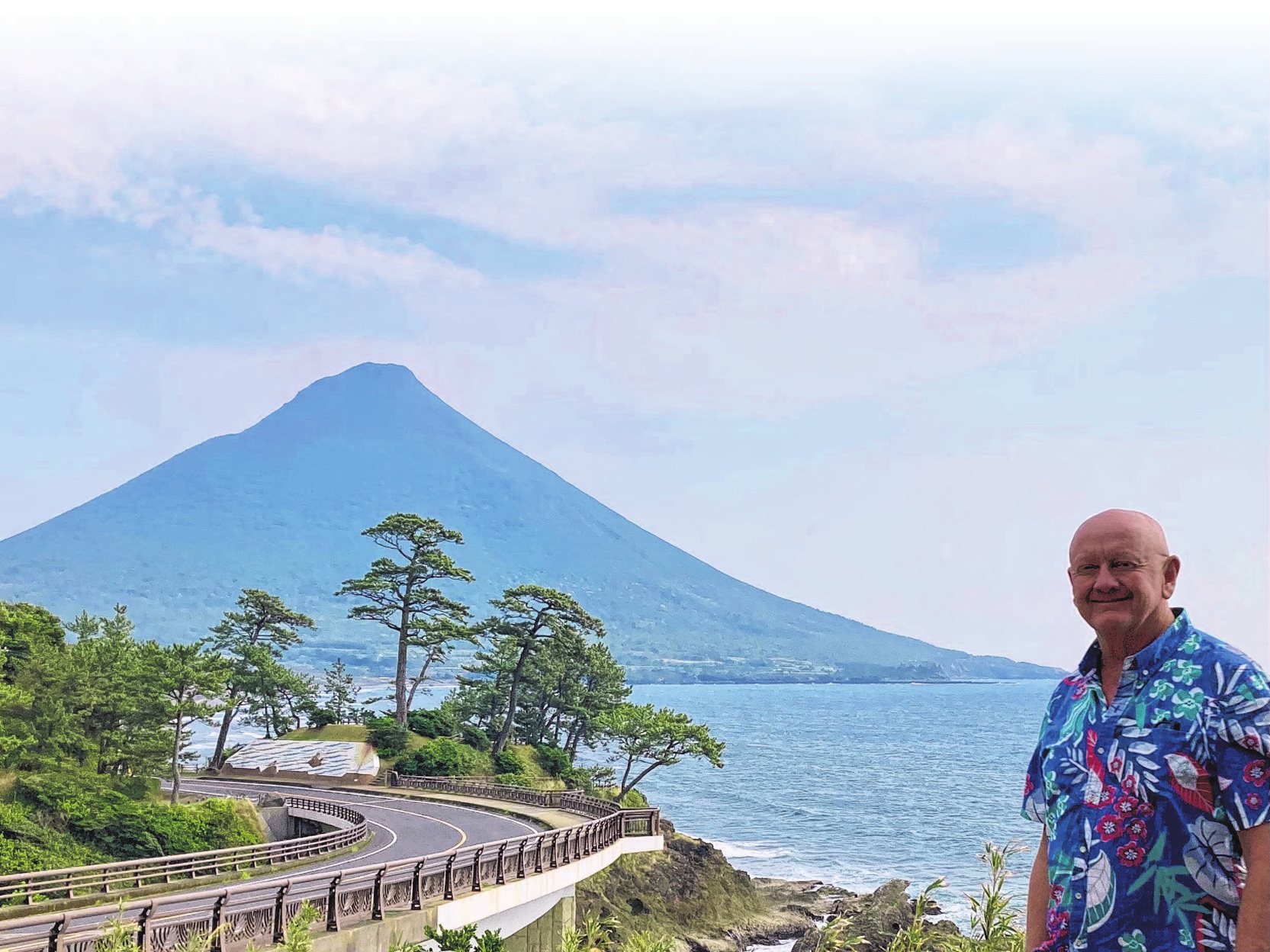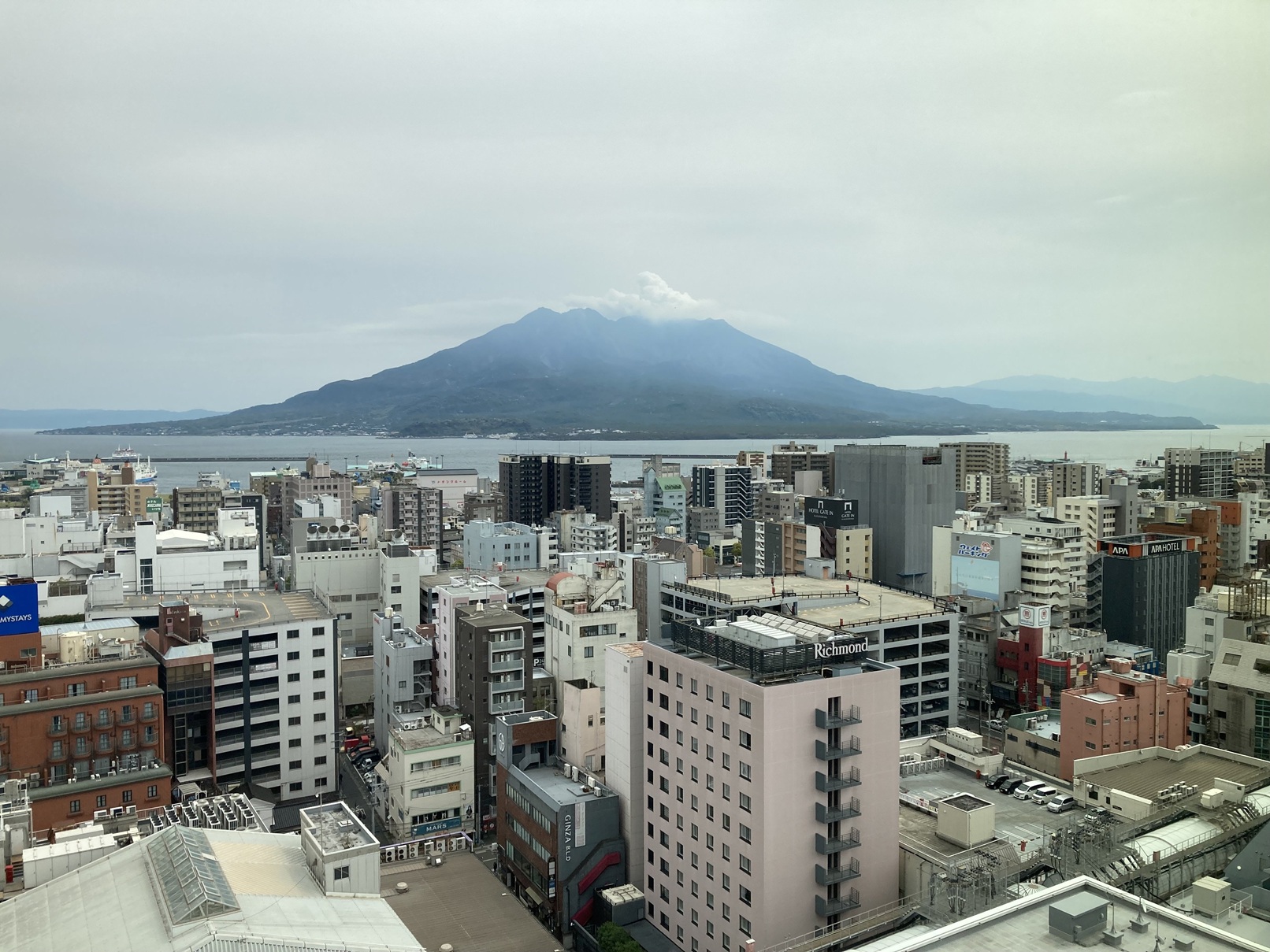
Japan seems to be on the radar of Kiwis when it comes to taking an overseas holiday of late. Deep powder snow in winter, an enticing, unique culture, some of the tastiest food on the planet, plus the low value of the yen, has led to just about everyone I know in Queenstown heading over to the Land of the Rising Sun for a skiing holiday in the past few months ... or talking about doing so.
Over-tourism
Thought that we are getting swamped with international tourists here in Aotearoa? Think again — 3.3 million visitors turned up to our shores in 2024, but Japan, which is only a bit bigger than us (1.4 times larger in area), welcomed a stunning 37m visitors last year. And the Japanese government is hoping to hit 60m international arrivals per year by the end of the decade!
Years of economic stagnation in Japan are being countered by the great tourism boom. When the Japanese language needed a new word to describe issues associated with these boom times, overtourism became the new "word of the year" in Japanese for 2024.
While the Japanese government is ecstatic about the economic benefits for the country, regional Japan seems not so sure — a raft of tourist-induced issues, such as overcrowding and cases of "tourists behaving badly", not following Japanese cultural norms — have curbed the enthusiasm of some locals.
Two-thirds of international visitor nights are spent along the golden lineup of Tokyo, Kyoto and Hiroshima, however, so there’s still plenty of opportunity to get off the beaten path, away from the tourist hordes, and search out that "real Japan" — the parts of the country the vast majority of visitors have little idea is actually out there.
Guidebooks
I’ve been writing Lonely Planet guidebooks on Japan since 1998. Everything from Japan to Hiking in Japan, Best Day Walks Japan, to two new activity guidebooks inspired by the tourism boom that will be published later this year. .
Japan is on the up and visitors are buying and taking along guidebooks with them, which is good news if you write or publish guidebooks — not everyone is doing everything online on their smartphones.

Things are changing quickly out there. A few years ago, a foreigner visiting Japan for the first time would never have dreamed of renting a car and going on a road trip. These days, however, it’s easy, thanks to GPS and multi-language car navigation systems. Japanese car rental companies are geared up to rent to non-Japanese-speaking visitors and rental car bookings can easily be made in English online before you go.
A bed or a futon?
My Japanese wife Yuriko and I are in Kagoshima at present, in the south of Japan’s third-largest island, Kyushu. At the southern end of the country’s shinkansen (bullet train) lines, Kagoshima is hardly off the beaten track, but it hosts significantly fewer visitors than the bigger and better-known cities up the line. From here, we’re going to be island-hopping southwest by ferry to Okinawa, but there’s plenty to see here before we go.
We dropped in to visit Yuriko’s former workmate, Michiyo, who now owns and runs a beautifully restored onsen ryokan (hot springs inn) at Kirishima Onsen, north of the city in the mountains. Seiryuso is a spectacular spot with a riverside rotenburo (outdoor bath), tastefully refurbished rooms and exquisite meals. It’s the sort of place you dream about before visiting Japan.
Michiyo wanted to attract more international visitors to her place, so she thought it would be a good idea to put beds in the rooms, rather than having foreign guests sleep in futon on the tatami mat floors.
She did some homework first though, which was a good thing. Turns out that her foreign guests love the cultural adventure of sleeping Japanese-style on the floor, while to her surprise, she found that it was ageing Japanese guests who wanted springy beds — much kinder on elderly arthritic joints. The rooms are stunning — she went for a mix of beds and futon, by the way — and for a truly Japanese experience, Seiryuso is a highly recommended place to stay.
Ash in the forecast?
We were woken a few mornings ago by an earthquake about 3am. The old hotel in which we were staying on the southern coast of Sakurajima, Japan’s most active volcano, swayed and rattled for around 20 seconds. Nothing to worry about, I thought; this building has survived worse. Back to sleep.
Out at our rental car a few hours later, we found it covered in volcanic ash, a dirty greyish black colour, rather than its previously sparkling white. Turned out that Sakurajima had its 44th eruption of 2025 that morning at 3am. That’s 44 eruptions before the end of the third month of the year!

Trying to put this in perspective, imagine how our friends in Auckland would handle life if Rangitoto erupted on a near daily basis and regularly dropped ash on the city.
The characters for Sakurajima mean "Cherry Island" and an island it was, until 1914, when a massive eruption spewed enough lava to connect the island to the mainland on the eastern side of the bay, the far side from the city. These days Sakurajima is a big drawcard for visitors and has kept the name meaning "cherry island", even if it isn’t actually an island any more.
Buried in hot sand
Continuing with our own volcanic activities, Yuriko and I headed about 45km down the coast from Kagoshima city to Ibusuki, a hot springs town known for its suna-mushi onsen (hot-sand bath). While getting into hot water is standard stuff when visiting Japan, being buried in hot sand is likely to be a new experience.
Unlike most onsen, where you head into the bathing area to wash before entering the bath, here you strip off, don a yukata (cotton robe), then follow signs down to the black-sand beach. Here, you lie down in a waiting coffin-sized trench and bathhouse workers, replete with bandanas and wielding shovels with expert skill, bury you up to your neck in hot, heavy sand.
It’s suggested that 10 minutes in the suna-mushi onsen is long enough; any longer and you’ll pop out dehydrated and redder than a lobster. Clean off the sand, head back inside, then soak away to your heart’s content in the hot water onsen.
The local spirit
While Japan is known worldwide for its sake (known by the Japanese as nihonshu), which is brewed from rice, down here in southern Kyushu, the most popular drink is shochu, a distilled liquor made from potatoes, barley or buckwheat.
We made the trek 40km west from Ibusuki to the small town of Makurazaki, home of Satsuma Shuzo, the company with the wildly successful shochu brand, Shiranami (meaning ‘white wave’). These guys make shōchū from fresh, never frozen, sweet potatoes, and a visit to the factory and museum is free, with tasting. The only stipulation when it comes to tasting is that if you’ve come by car, the designated driver doesn’t taste a drop.
— Craig McLachlan is a Queenstown-based ‘freelance anything’ who has been writing Lonely Planet guidebooks for over 25 years.












